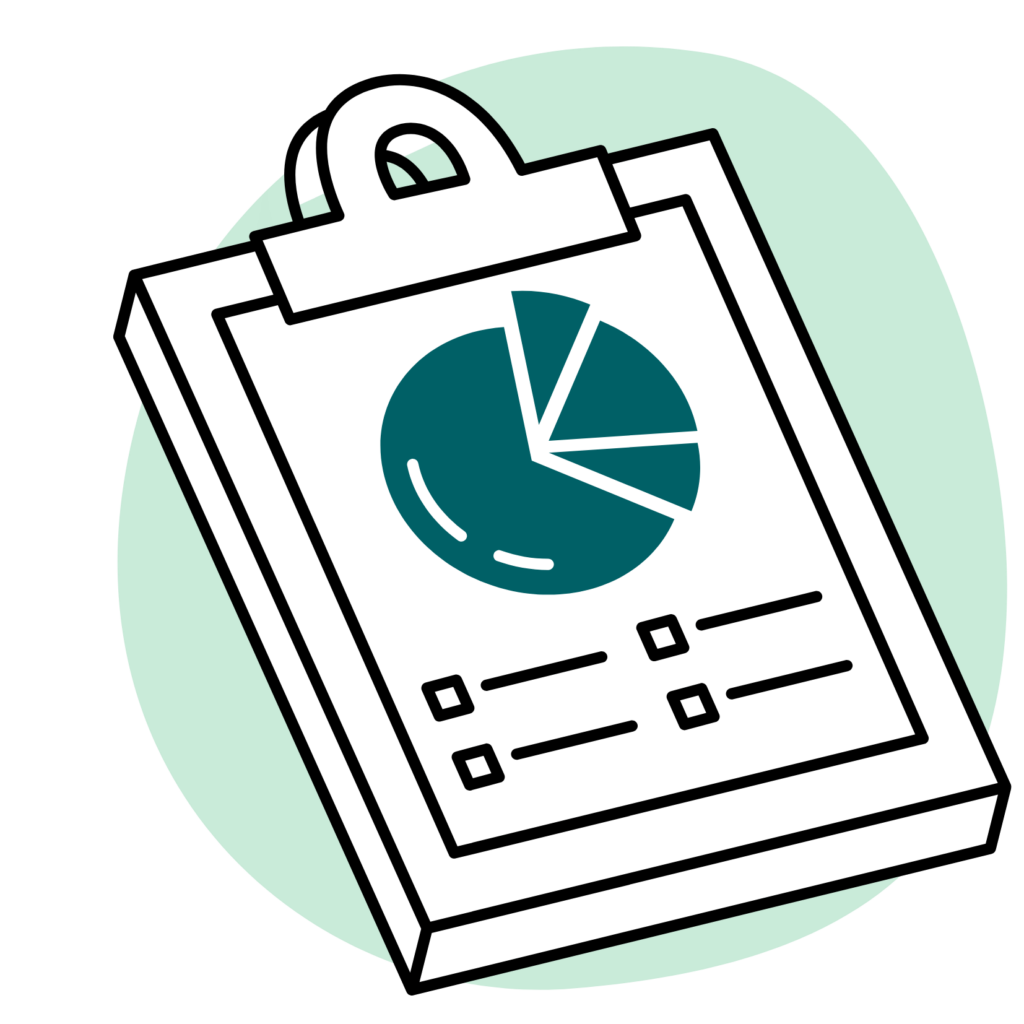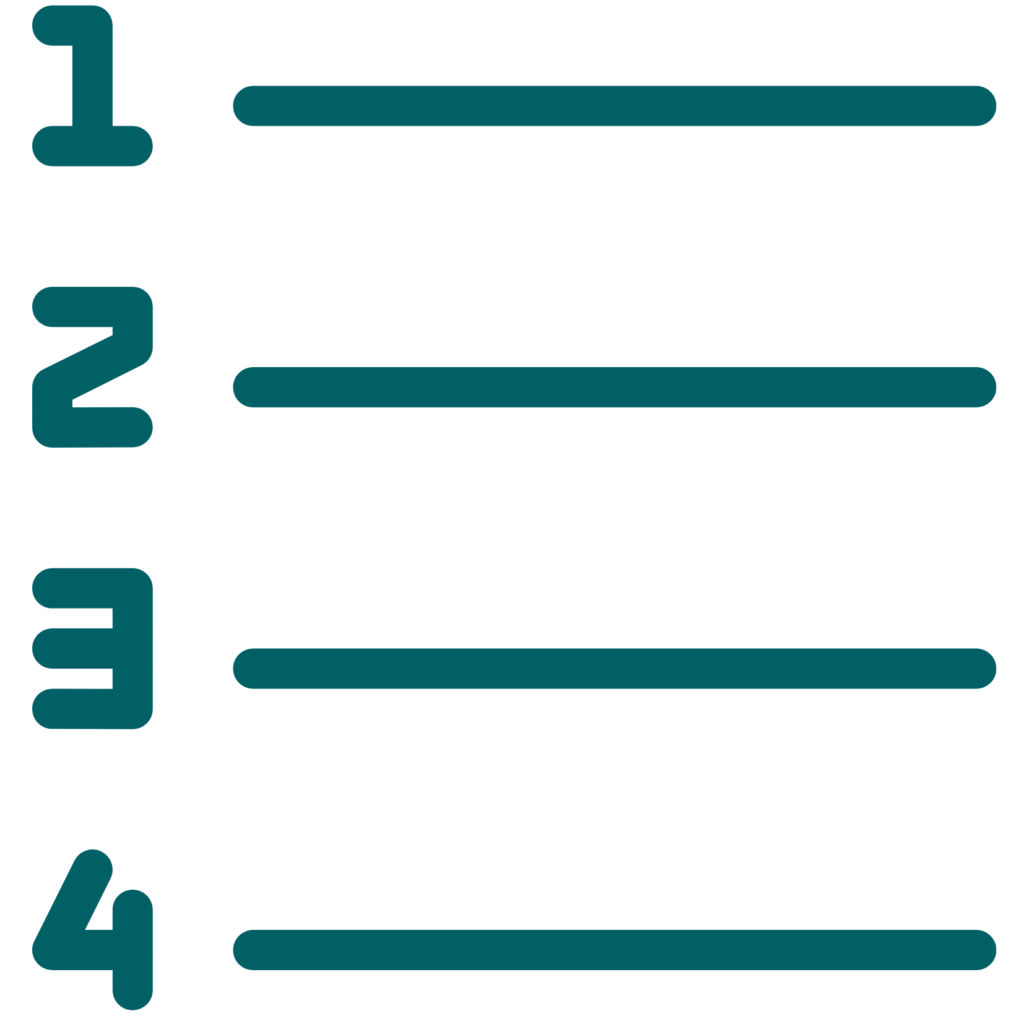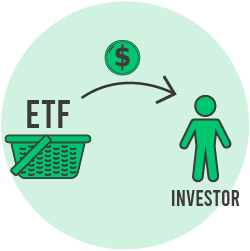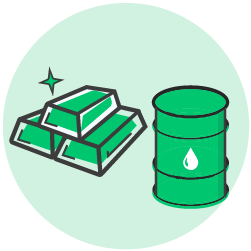Global X Physical Gold ETF (ASX:GOLD)
The Global X GOLD ETF provides investors with access to the precious metal of gold, by seeking to achieve a return equivalent to the movements in the gold spot price, before fees and expenses.
GOLD ETF review
GOLD share price and fees
GOLD fees
Analyst report
The Global X Physical GOLD ETF (ASX: GOLD) is Australia’s largest gold ETF.
In this report, I take a quick look at the best gold ETFs in Australia, including the Global X Physical Gold ETF (ASX: GOLD), Perth Mint Gold ETF (ASX: PMGOLD) and BetaShares Physically Backed Gold ETF (Hedged) (ASX: QAU).


Gold price
You can click here to view the current gold price (the link opens in a new tab). Keep in mind, the gold price is usually quoted in US dollars. This is important to remember because if you are an Australian investor, you should also pay attention to the Australian-dollar price of gold. I’ve also included the total return of all gold ETFs further down the report.
3 standout ETFs
In this 2-minute video on gold ETFs (the link opens in a new tab) I explained the structure and style of Australia’s 3 most popular gold ETFs: GOLD, QAU & PMGOLD.
In short:
- The GOLD ETF from Global X is physically backed, unhedged and allocated.
- The QAU ETF from BetaShares is physically backed, hedged into Australian dollars and allocated.
- The PMGOLD ETF from Perth Mint is not physically backed but represents a right to buy gold from the Perth Mint, with a West Australian Government guarantee.
Gold ETFs performance
Please note: the performance of the GOLD ETFs in the chart below isn’t perfect. At the time I’m writing this report, the historical share price of the GOLD ETF doesn’t take into account a 10-for-1 stock split that took place in June 2022. Every shareholder before the split got 10 shares for every 1 they already held. Please refer to the gold performance table further down the page, which uses data from the ASX.
What about MNRS & GDX? Aren’t they gold ETFs?
The VanEck Gold Miners ETF (ASX: GDX) and Betashares Global Gold Miners ETF (Hedged) (ASX: MNRS) are not true gold ETFs. MNRS and GDX invest in shares of gold mining companies. For this reason, the MNRS & GDX ETFs are very different to the three core gold ETFs: GOLD, QAU & PMGOLD.
The key difference between MNRS and GDX versus the other three true gold ETFs is that because MNRS and GDX invest in shares (rather than the actual gold itself) I believe their performance will be much more like a normal shares ETF — such as Vanguard Australian Shares ETF (ASX: VAS) or BetaShares Australia 200 ETF (ASX: A200). You can view the list of Australian shares ETFs.
So, in my opinion, this defeats the purpose of using them as a way to deflect volatility (i.e. lower risk) in a portfolio. In other words, if you consider investing in GDX or MNRS you should think of them as “risk on” investments and consider allocating them in your ‘shares bucket’ within your portfolio. For example, if you wanted to have 30% invested in Australian shares, these two ETFs would be part of that overall allocation.
Total return of gold ETFs
|
ETF |
5-year total return (p.a.) |
|
GOLD |
9.77% |
|
QAU |
5.65% |
|
PMGOLD |
10.32% |
|
MNRS |
7.19% |
|
GDX |
8.21% |
Source: ASX data, time period ending June 30, 2022.
Over time, I expect gold ETFs like PMGOLD, QAU and GOLD to have lower volatility and more price stability than GDX and MNRS because investors are not exposing themselves to specific company risks. For example, imagine you invest in Newcrest Mining (ASX: NCM) shares, one of Australia’s largest gold miners, because you ‘want to invest in gold’. By doing this you’re not only being exposed to the price of gold (which is Newcrest’s product) but also the execution of its management team, failures at its mine sites, exploration activity (good and bad), and so on.
This is not to say investing in gold mining companies or MNRS and GDX is wrong. Just that it’s a different experience to buying a true gold ETF.
Gold ETFs ranked by fees
|
ETF |
Fee (MER) |
|
GOLD |
0.4% |
|
QAU |
0.59% |
|
PMGOLD |
0.15% |
As you can see above, most of the best gold ETFs have reasonably low fees, though PMGOLD’s unique ‘legal’ structure enables it to have the lowest management fee (MER), according to data from July 2022. You can see the effect of PMGOLD’s lower fees in the performance table above — it’s outperformed the GOLD ETF marginally over time because it has taken less away from investors in fees.
Risks of gold ETFs
Gold ETFs are relatively simple investment products. The ETF provider’s custodian stores the gold in a vault (in the case of Betashares and Global X) and you get units ‘tied’ to the gold bars issued to you via the exchange. However, they’re not risk-free by any means. Below is a brief summary of some of the unique risks. Please read the Product Disclosure Statements (PDS) of the ETFs before acting on this information.
- Performance risk. Gold ETFs are subject to many different types of external influences because, at the end of the day, gold stored in a vault doesn’t create value. Unlike say a company, which creates profits and can pay dividends, there are net holding costs with gold (storage, insurance, etc.). Economic influences such as increasing inflation, geopolitical uncertainty and currency fluctations will move the price of gold considerably. There is also the risk that gold does not provide any of the risk benefits during these periods.
- Holding costs. Gold ETFs rely on capital gains and so any distributions to ETF investors are not true ‘dividends’ like you would associate with a share or bond ETF.
How to use gold ETFs
The best gold ETF for one portfolio might not suit another portfolio because each of the three ASX-listed gold ETFs is quite unique. The key decision between GOLD and QAU is currency hedging.
For example, all else being equal, if you believe the Australian dollar is going to get weaker (i.e. US dollars will be worth more in, say, 12 months), you might choose the GOLD ETF from Global X because then you have your gold priced in US dollars. However, if you have the opposite view, the QAU ETF from Betashares might be better suited. Finally, many investors like the PMGOLD ETF because of its low fees (it is unhedged — like GOLD).
However, consider also that many investors will choose to have no gold ETFs — and they’ll probably be just fine over the long run.
We recommend gold ETFs inside Rask Core 🌏 but only because we know many of our members want our research on gold ETFs as they see it as a ‘risk off’ exposure (outside of bonds) in the short term (1-2 years). Personally, I find it very difficult to justify any type of meaningful exposure (e.g. more than 5%) to commodities (including gold) over time. That’s because the historical performance of shares/companies has been noticeably better. So the longer we plan to invest, I think it makes more sense to turn to other, more productive assets, such as shares.
To view the full range of ETFs available on the ASX, click here. Or to join us inside Rask Core 🌏 and get all of our premium ASX research and model portfolios, click here.
Cheers!
Owen Raszkiewicz
Founder of Best ETFs Australia, lead analyst of Rask Core
Fee comparison
What does the GOLD ASX ETF invest in?
GOLD is backed by physical allocated gold held by JP Morgan at its London vault. Each physical bar is segregated, individually identified and allocated. GOLD is an exchange-traded commodity that can be created and redeemed on demand – in this way, an investment in GOLD provides investors with an entitlement to physical gold bars/bullion.
What do investors use the GOLD ETF for?
GOLD could be used by investors to diversify a portfolio with the precious metal commodity of gold which is typically uncorrelated with other asset classes. In this way, GOLD could be used as a hedge against risk – gold has been traditionally used as a store of value and a hedge against inflation, and is often seen as a ‘safe haven’ asset.
How to buy the GOLD ETF
A portfolio FULL of our best ETF ideas
Click the button to discover how you can create one account and get an automated professionally managed ETF portfolio.
GOLD investor starter pack
GOLD literature
GOLD holdings
ASX: GOLD’s dividend 2021
When does GOLD pay a dividend?
GOLD dividend reinvestment plan (DRP)
Warnings we apply to the GOLD ETF
GOLD tax domicile
GOLD ETF registry
Fund issuer
Commodities sector data
How GOLD compares:
Latest ETF News
*The warnings on this page are applied by our ETF research team. Please know that these warnings are based on quantitative metrics and our internal methodology. These risks are not exhaustive and therefore they should not be relied upon. Always read the PDS of the function and speak to your financial adviser before acting on this information.
The Best ETF in Australia?
We’ve found the ONE ETF that could rule them all…
Right now, there are 200+ ETFs on the ASX. Then there are index funds. Hundreds of managed funds. LICs. REITs. And everything in between. Wouldn’t it be nice to make ONE investment and build the strong Core of your portfolio — with just one click?
Rask’s lead ETF research analyst and investing team have identified our #1 ETF for 2021 and beyond. Our analyst team has put together a full research report and a step-by-step investment guide to buying this ETF.
Best of all: The report is totally free and will be sent via email.

Unsubscribe anytime. Read our Terms, Financial Services Guide, Privacy Policy. We’ll never sell your email address. Our company is Australian-owned.
















